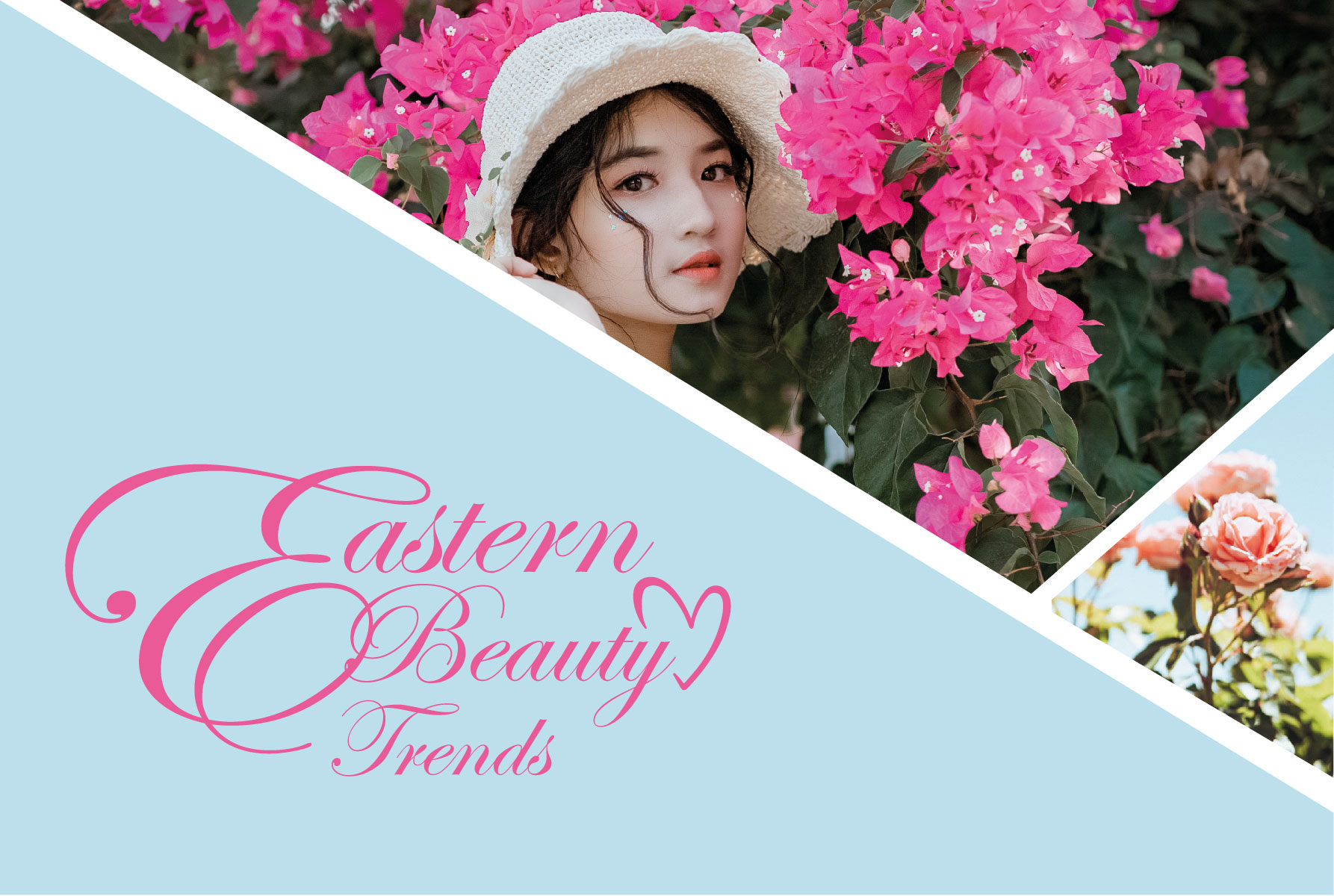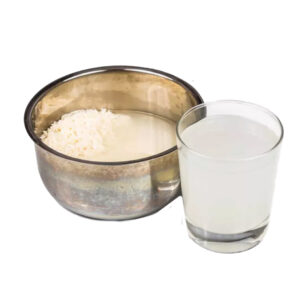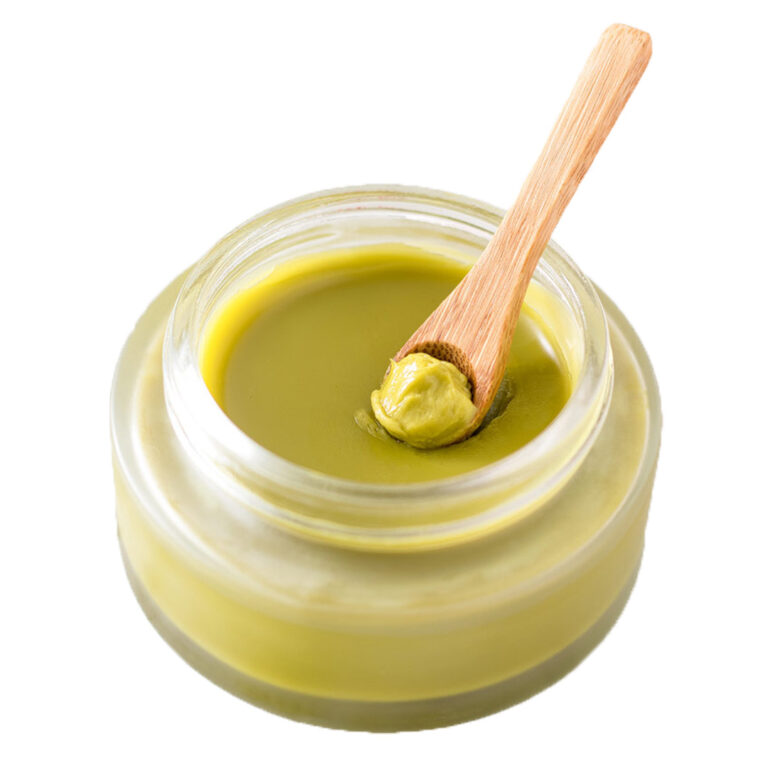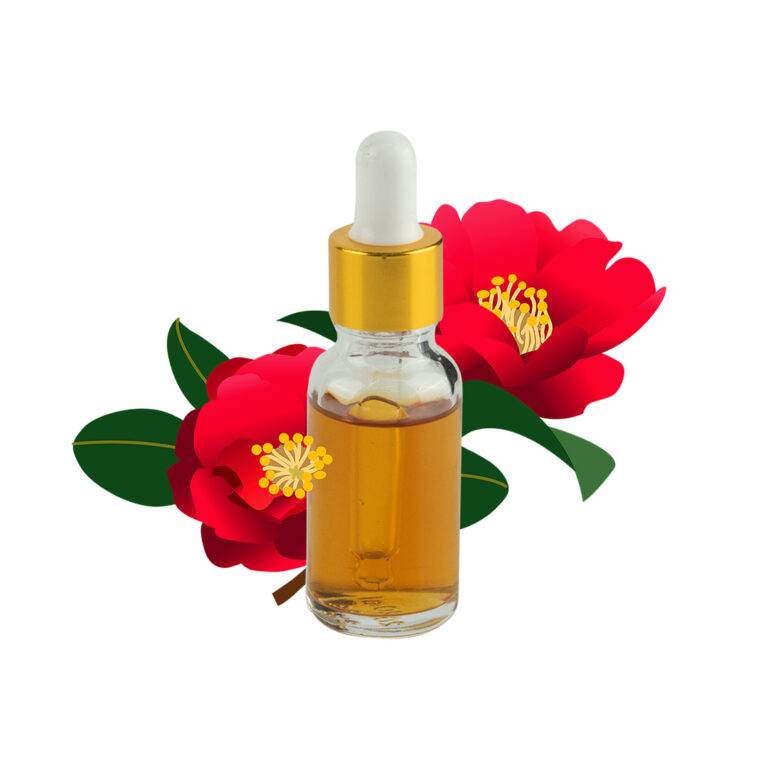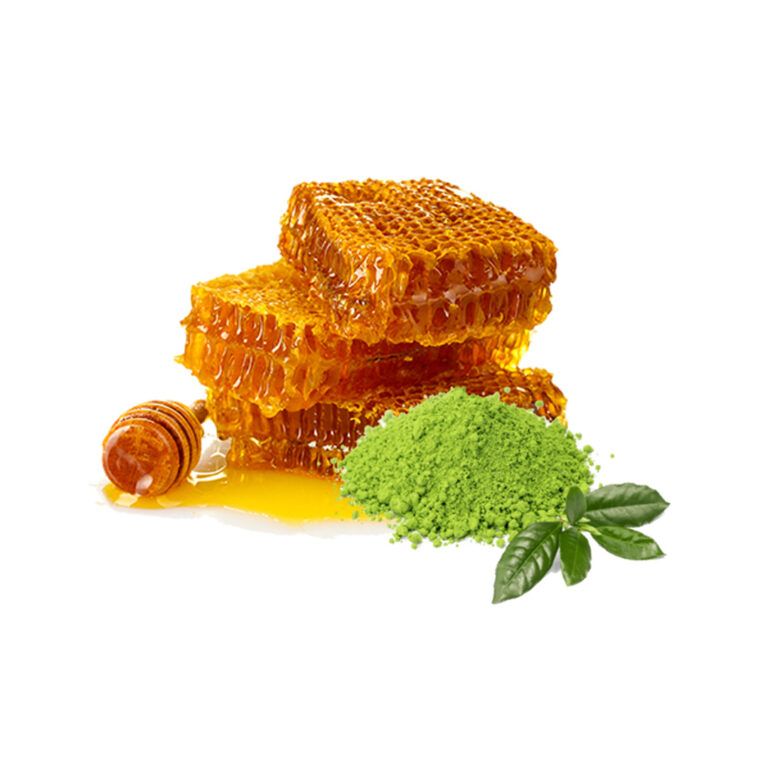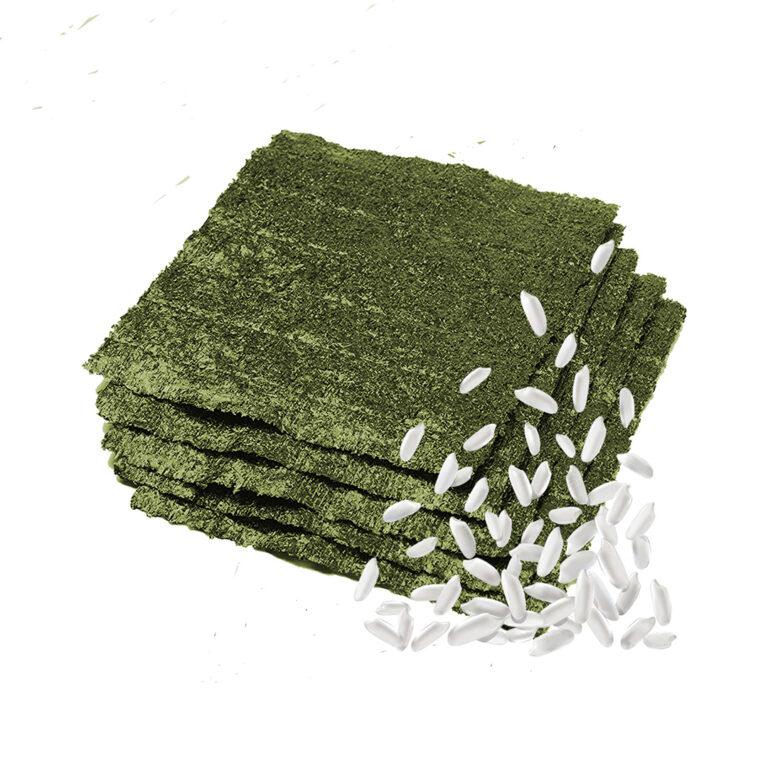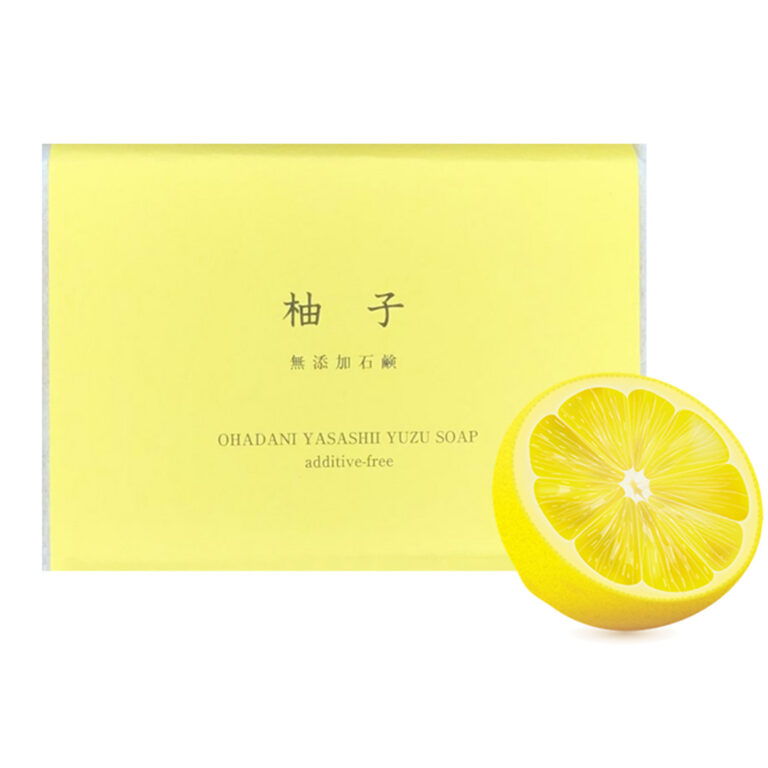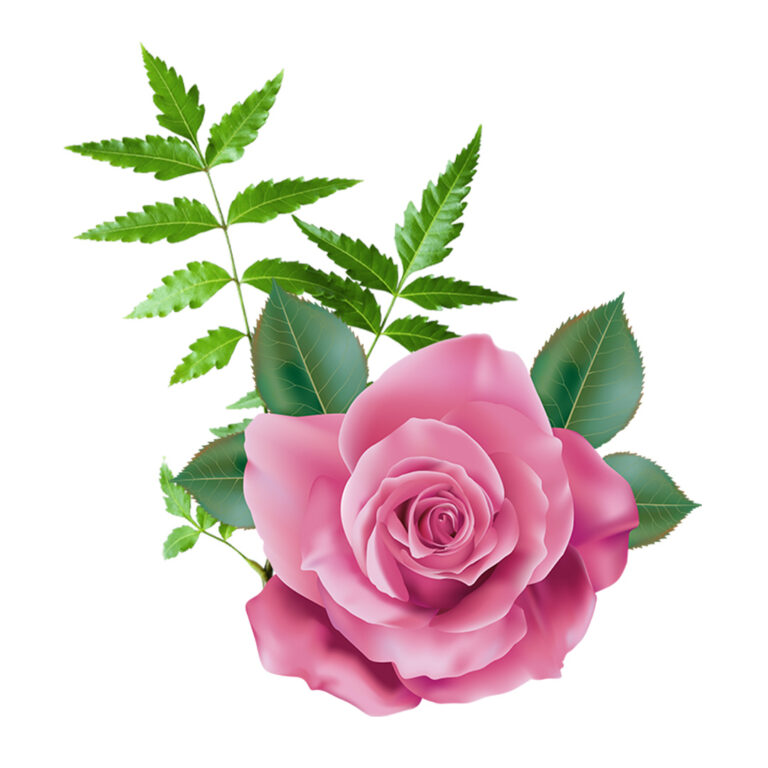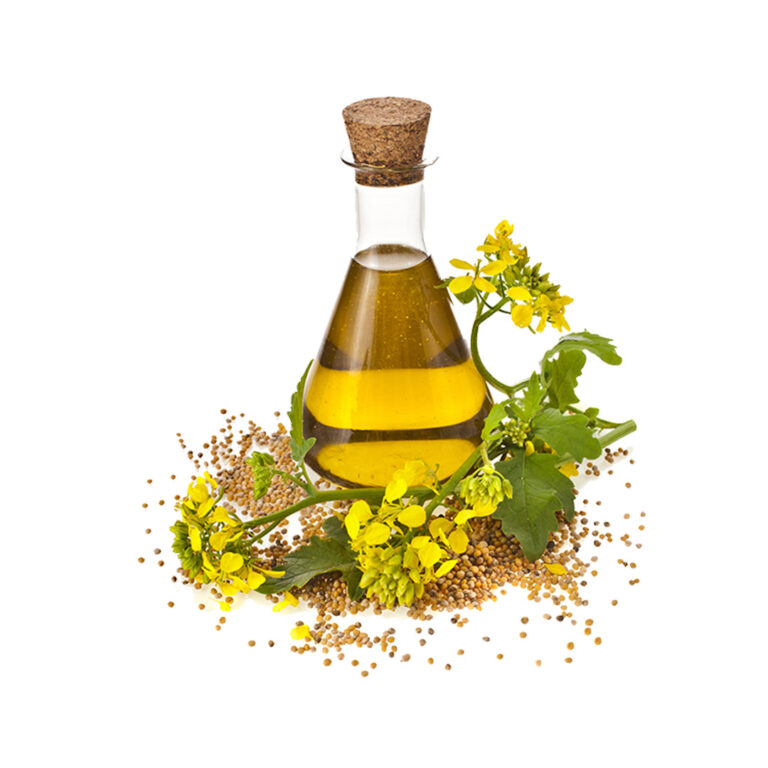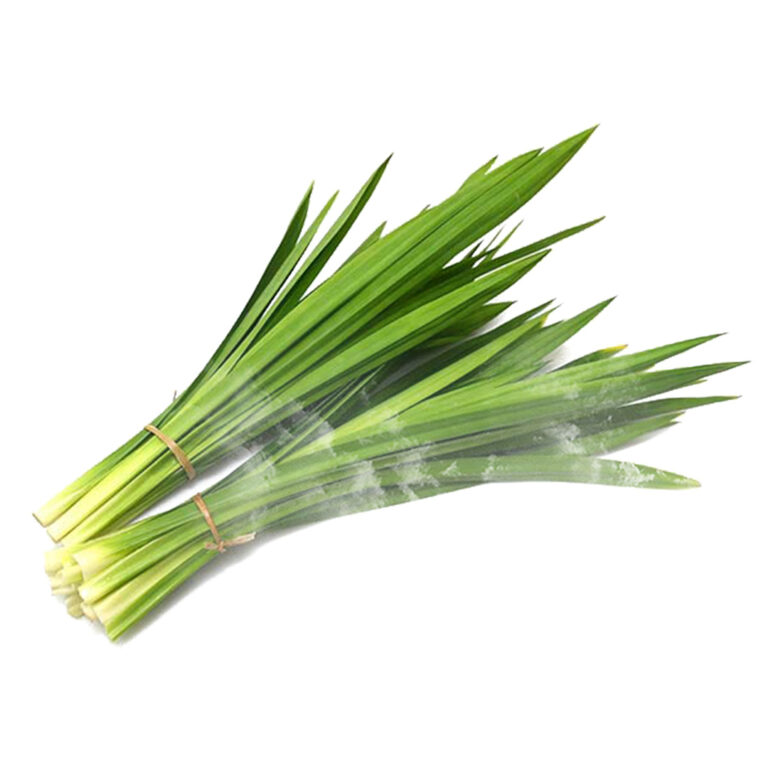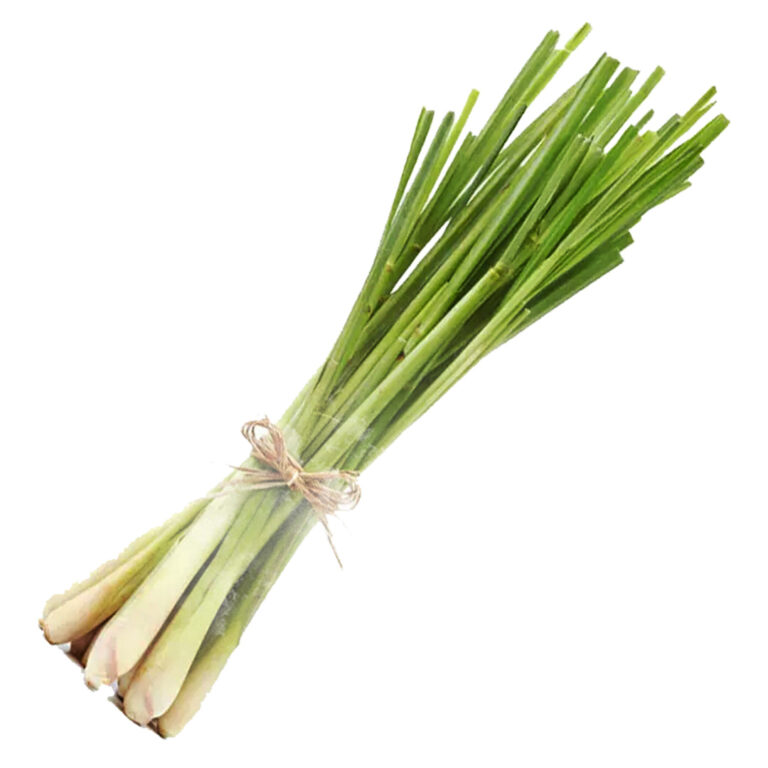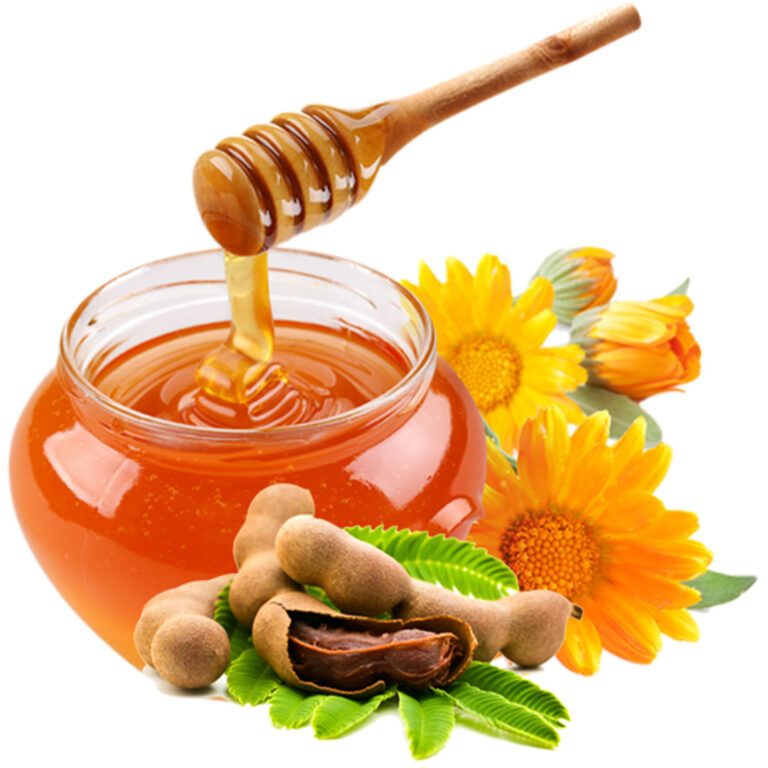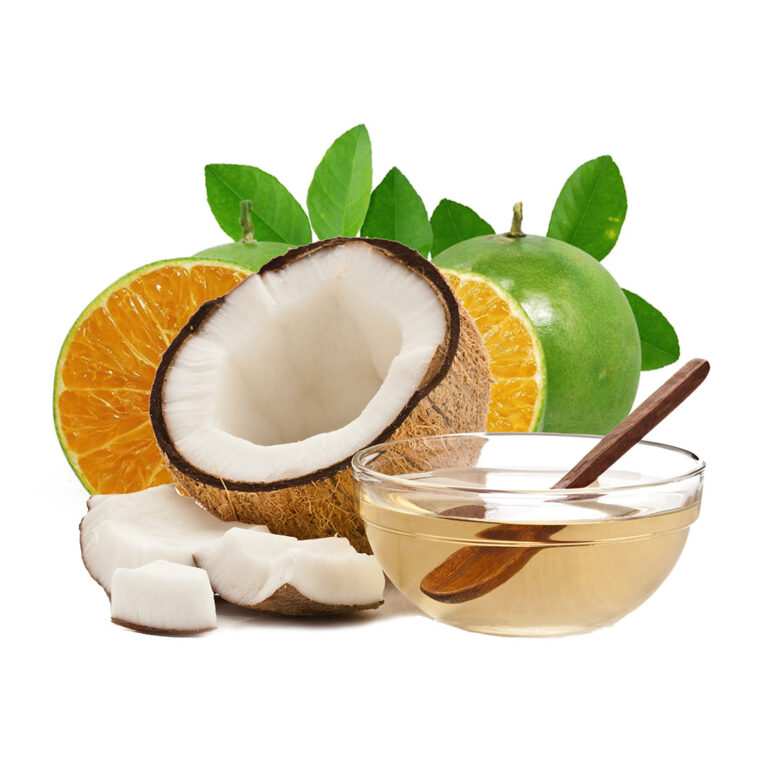There is no single “Eastern” beauty trend, as beauty practices and preferences can vary widely across different cultures and regions in Asia. However, here are some beauty trends and practices that have been popular in various parts of Asia.
Korean
Japanese
Seaweed is a popular ingredient in Japanese skincare, known for its hydrating and anti-inflammatory properties. Mix one teaspoon of seaweed powder with one teaspoon of rice flour and enough water to make a paste. Apply to your face and leave on for 10-15 minutes before rinsing off.
Nepalese
Malaysia
Pandan leaves are a popular ingredient in Malay cuisine, and they are also used in skincare for their soothing and anti-inflammatory properties. Boil a few pandan leaves in a pot of water and let the steam hit your face for 10-15 minutes. This can help to open up pores and hydrate the skin.
Lemongrass is a popular ingredient in Malay cuisine, and it is also used in skincare for its antiseptic and anti-inflammatory properties. Boil a few stalks of lemongrass in a pot of water and let the steam hit your face for 10-15 minutes. This can help to cleanse the skin and unclog pores.
Thailand
Tamarind contains alpha-hydroxy acids (AHAs) that can help to exfoliate and brighten the skin, while honey is a natural humectant that can help to hydrate the skin. Soak tamarind pulp in water for a few hours, then mash and strain the pulp. Mix the tamarind juice with honey to create a paste. Apply to your face and leave on for 10-15 minutes before rinsing off.
Philippines
Coconut oil is a popular ingredient in Filipino skincare for its moisturizing and antibacterial properties, while calamansi juice (a type of citrus fruit) is rich in vitamin C and can help to brighten the skin. Mix together coconut oil and calamansi juice to create a mask. Apply to your face and leave on for 10-15 minutes before rinsing off.
WORD OF CAUTION
These traditional home remedies have been used for generations in various Asian countries to maintain healthy and beautiful skin. However, it’s important to remember that everyone’s skin is different, and what works for one person may not work for another. Please consult a dermatologist before trying out these remedies.

